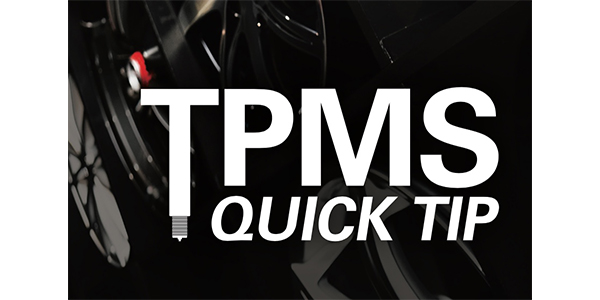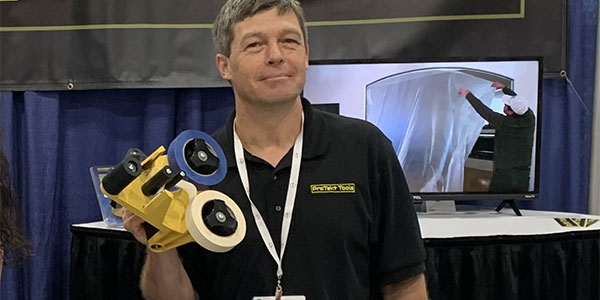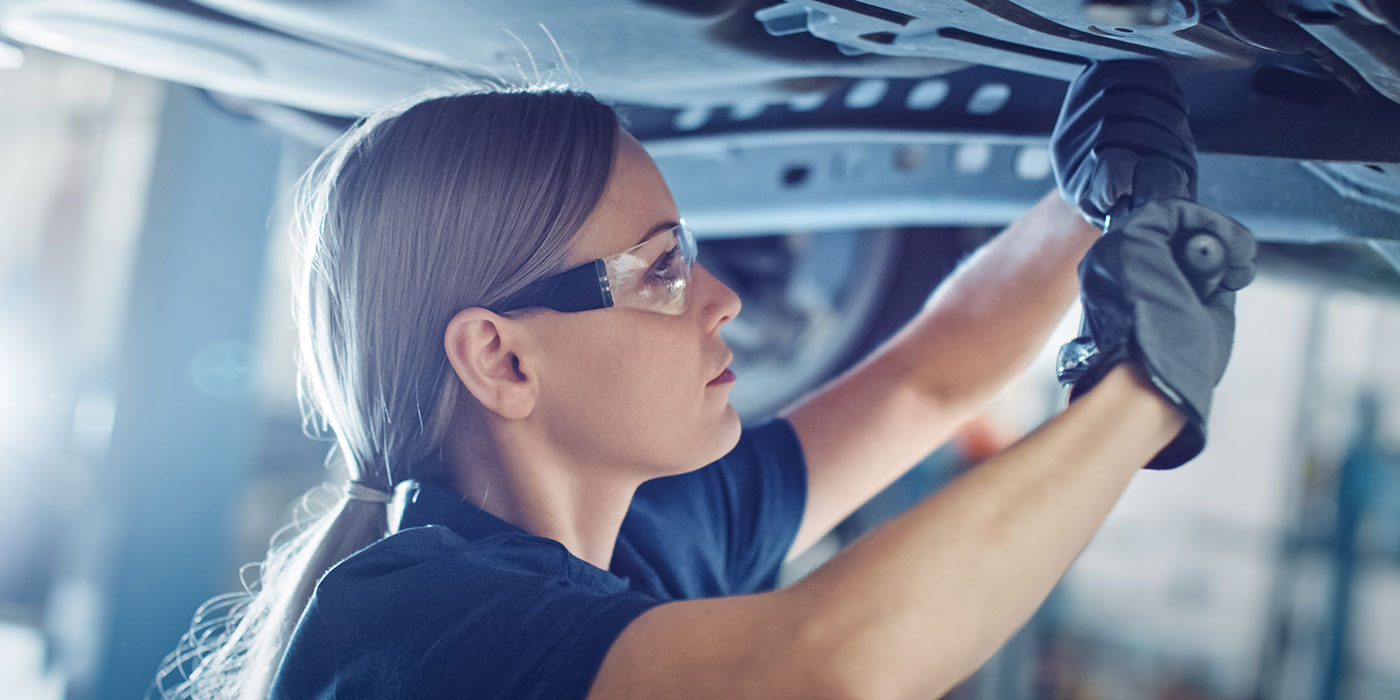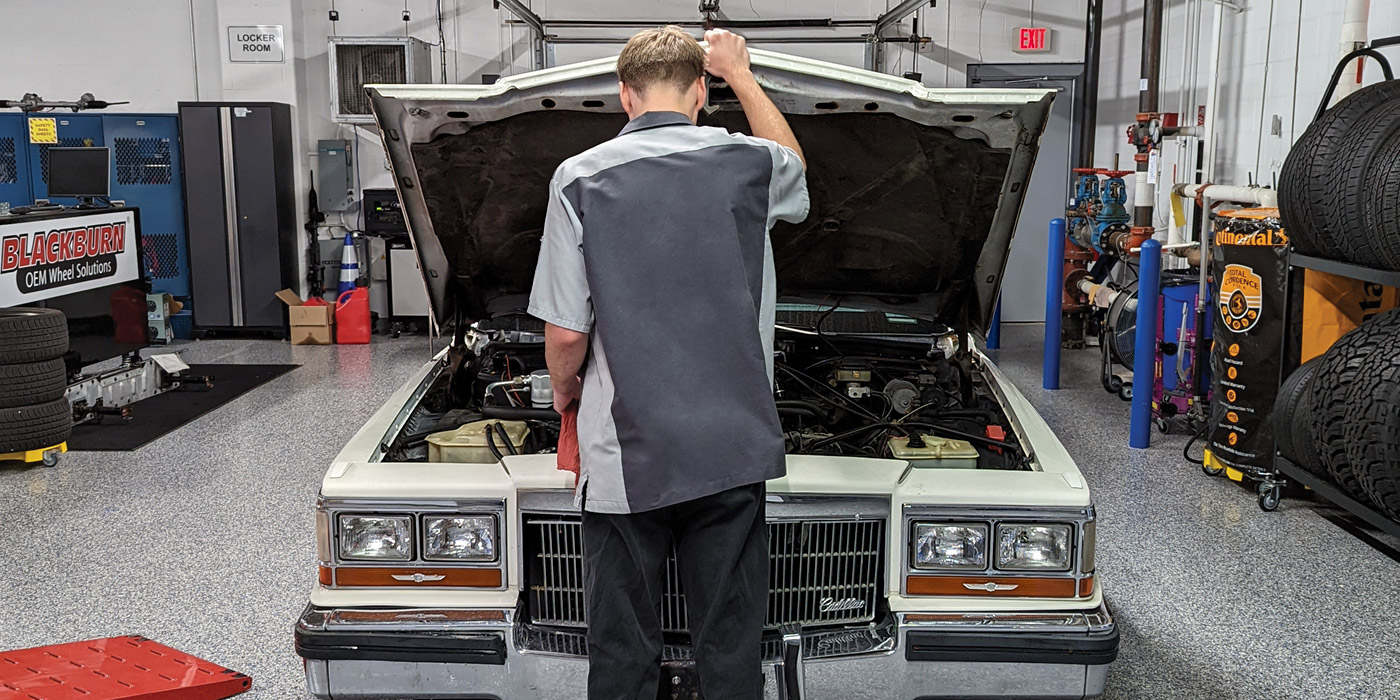Everyone should have a tire pressure gauge in their glove box — TPMS or not. Everyone should also understand what TPMS is for, so it’s important that you’re able to explain the system to your customers.
Many people, when they see the dash light illuminate, view TPMS as a nuisance, but when reminded of the system’s benefits, they’ll see the positive side of it. TPMS was originally mandated by the U.S. government in response to a considerable increase in accidents caused by underinflated tires.
Any deviation from the proper tire pressure specified by the vehicle manufacturer can and will affect the handling, braking, fuel economy and overall ride of their car, which can affect their safety.
An experienced technician will recognize by sight and by how a vehicle reacts when driving if tire pressure is incorrect, but most of your customers will not. That is what makes TPMS so important. It completely removes any question of tire pressure, saving your customer time, preventing mistakes and providing peace of mind.
Designed as a safety system, it is also a convenience, and a nice one. Tire pressure being as critical as it is, the only way to check it prior to TPMS was using a gauge, and how many times pre-TPMS have you had a vehicle come in with 80 pounds or more in a tire, because someone without a gauge thought it was too low? Too much pressure can be just as dangerous as too little. Again, it’s important to educate your customers about proper tire pressure.
If a customer complains about the light coming on during seasonal changes, let them know that tire pressure changes approximately 1 psi per 10 degrees. So, on those days with extreme temperature changes, there might be an illuminated TPMS warning light when the car is started up the next morning. As the tire warms up under normal driving conditions, the light may turn off; if it doesn’t have them stop by the shop for you to run the vehicle through your TPMS diagnostics protocol.
Remind your customers that they should still be checking and adjusting their tire pressure on a regular basis even though they have TPMS. Teach them where to find the placard that includes their vehicle’s correct specs.
However, when a customer comes in with a TPMS light illuminated and the shop is full, take your TPMS scan tool out to the parking lot to diagnose their vehicle. It can help you demonstrate your knowledge when explaining this valuable safety system to your customers. TS














